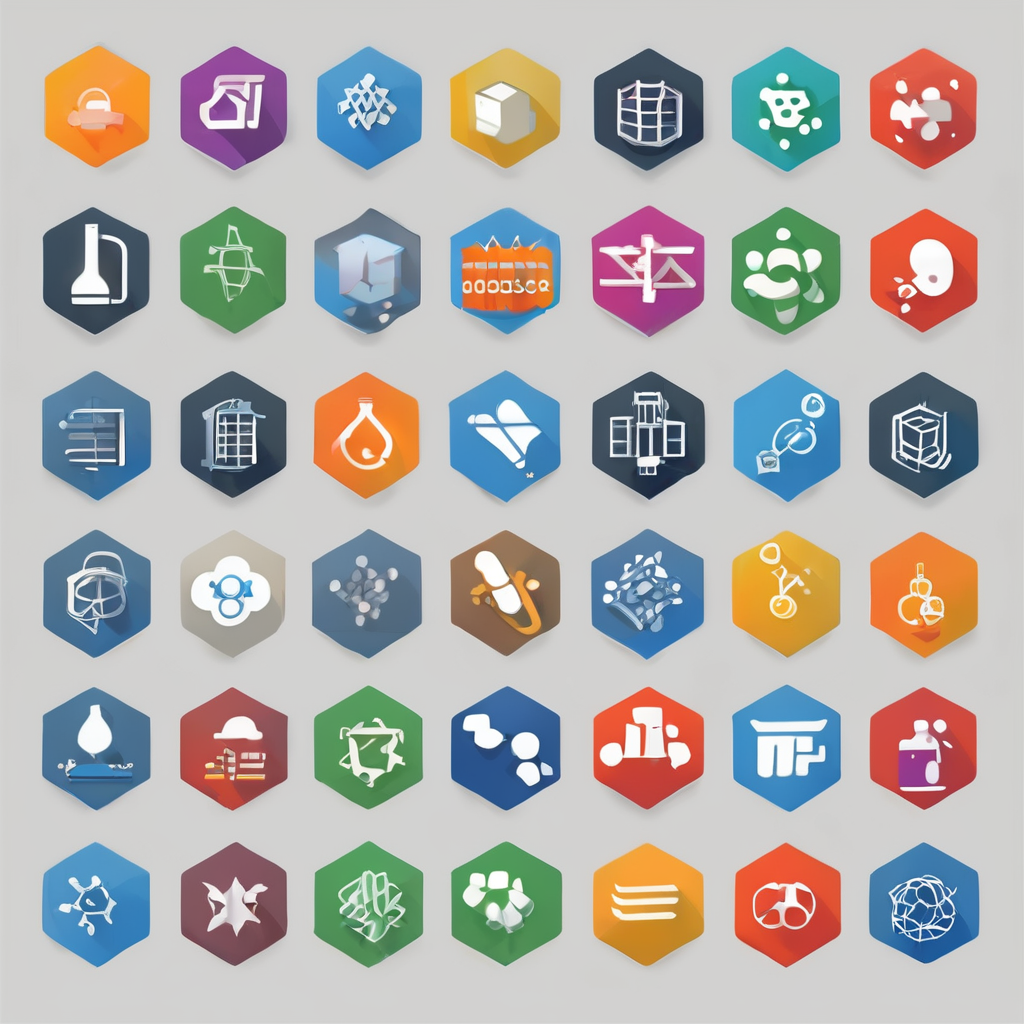Unlocking Donor Insights: The Essential Guide for UK Non-Profits to Harness Machine Learning for Effective Segmentation Strategies
In the ever-evolving landscape of nonprofit fundraising, leveraging machine learning and artificial intelligence (AI) has become a game-changer for charities seeking to maximize their impact. This guide will delve into how UK nonprofits can harness the power of machine learning to develop effective segmentation strategies, enhancing donor engagement and overall fundraising efforts.
Understanding the 80/20 Rule and Its Implications
The 80/20 rule, or the Pareto Principle, is a fundamental concept in fundraising that suggests a significant portion of donations often come from a small fraction of donors. This principle underscores the importance of identifying and nurturing these key contributors.
Also to see : Revitalize your marketing strategy with email verification services
“By employing advanced analytics, fundraising teams can assess past contributions, engagement levels, and other donor behaviors to determine who falls into that top 20%,” notes a study by the Association of Fundraising Professionals. This data-driven approach can lead to a 10% increase in fundraising effectiveness, as organizations can create more targeted campaigns tailored to their most valuable donors[1].
The Role of Data Analysis in Donor Segmentation
Data analysis is pivotal in understanding donor behavior and identifying patterns that can inform segmentation strategies. Here are some key steps and tools involved in this process:
Also to see : Easily create stunning videos with a top video presentation maker
Segmenting Donors Based on Behavior and Giving History
Segmentation involves categorizing donors based on their past behavior, giving history, and capacity to give. This helps in distinguishing between current major donors and potential future contributors. Analyzing transactional data over several years can reveal not just the largest donations but also those donors who give regularly and show increasing interest in the cause.
- Transactional Data Analysis: Identify donors who consistently give smaller amounts but do so regularly.
- Engagement Metrics: Track interactions on social media, event attendance, and other forms of engagement.
- Wealth Screening: Use data to assess the financial capacity of donors and their potential for larger gifts.
Leveraging Technology for Deeper Insights
Customer Relationship Management (CRM) software and AI tools are essential for gathering, analyzing, and interpreting donor data. These technologies can:
- Track Interactions: Monitor donor interactions across various channels, including social media and email.
- Predictive Analytics: Use machine learning algorithms to predict which donors are most likely to increase their giving based on past behavior and demographic information.
- Identify Trends: Highlight trends that signal a donor’s rising involvement, enabling fundraisers to focus their efforts where they will make the most difference[1].
Implementing AI for Personalized Donor Engagement
AI is revolutionizing the way nonprofits engage with donors by enabling personalized and targeted approaches.
AI-Driven Personalization
AI tools can help nonprofits create personalized messaging strategies that resonate with individual donors. Here are some ways AI can be used:
- A/B Testing: Use AI to optimize fundraising campaigns by testing different messages and approaches to see what works best.
- Content Assistant: Tools like the AI Content Assistant by Bloomerang help nonprofits overcome writer’s block and create personalized donor interactions at scale while maintaining donor privacy[3].
Balancing Human Touch with AI Efficiency
While AI can streamline operations and enhance efficiency, it is crucial to maintain the human element in donor relationships.
“AI often stokes fears of mass-replacement of humans with machines, and the threat of losing the very personal connection we have to what we do, but it doesn’t have to be that way,” notes an expert from Rethink Mental Illness. By embracing AI with a clear, ethical, and people-focused approach, nonprofits can ensure that technology complements rather than replaces human interaction[2].
Ethical Considerations and Risk Management
As nonprofits adopt AI, ethical considerations and risk management become paramount.
Ethical AI Policies
Implementing a formal AI Adoption and Usage Policy is essential to ensure that AI aligns with the organization’s values and mission. This policy should govern the ethical and appropriate use of AI across all charitable activities.
- Training and Education: Provide comprehensive training for staff and volunteers on how AI works, the data it uses, and the risks associated with it, such as bias and misinformation[2].
- Transparency and Trust: Ensure transparency in AI-generated communications and maintain trust with donors by addressing concerns around privacy, data security, and the need for human interaction[3].
Mitigating Bias and Ensuring Data Integrity
AI algorithms can sometimes perpetuate biases if the data they are trained on is biased. Here are some steps to mitigate this risk:
- Data Quality: Ensure that the data used to train AI algorithms is clean, accurate, and free from bias.
- Regular Audits: Conduct regular audits to check for algorithmic bias and ensure that AI tools are functioning ethically[4].
Practical Steps for Implementing AI in Nonprofit Fundraising
Here are some practical steps nonprofits can take to harness AI for effective donor segmentation and engagement:
Building an AI-Ready Team
- Training Programs: Invest in comprehensive AI training for all staff and volunteers to ensure they understand how to use AI tools effectively and responsibly[2].
- AI Committee: Establish a cross-functional team to share knowledge, foster collaboration, and navigate the evolving AI landscape[2].
Integrating AI Tools into Existing Systems
- CRM Integration: Use CRM software to integrate social media behavior, engagement history, and transactional patterns to build thorough profiles of key contributors[1].
- Predictive Analytics: Utilize predictive analytics to identify and prioritize planned giving prospects and craft personalized messaging strategies[3].
Case Studies and Success Stories
Several nonprofits have already seen significant benefits from implementing AI in their fundraising strategies.
Rethink Mental Illness
Rethink Mental Illness became one of the first charities in the UK to implement a formal AI Adoption and Usage Policy. This policy has helped them ensure that AI aligns with their values and mission, and they have seen improvements in efficiency and donor engagement[2].
The AI Dude Podcast
The AI Dude podcast features numerous success stories from nonprofits that have leveraged AI to optimize donor engagement. For example, Diana Otero from Bloomerang discusses how AI is used to simplify donor management and enhance communications, leading to increased donor retention rates[3].
Table: Comparing Key AI Tools for Nonprofit Fundraising
| Tool | Functionality | Benefits | Examples |
|---|---|---|---|
| CRM Software | Integrates social media behavior, engagement history, and transactional patterns | Provides thorough donor profiles, identifies trends | Salesforce, Raiser’s Edge[1] |
| Predictive Analytics | Predicts donor behavior based on past data and demographic information | Identifies high-potential donors, optimizes fundraising campaigns | GivingTuesday Data Commons, Fundraising Effectiveness Project[3] |
| AI Content Assistant | Generates personalized donor interactions at scale | Overcomes writer’s block, maintains donor privacy | Bloomerang’s AI Content Assistant[3] |
| A/B Testing Tools | Tests different messages and approaches to optimize campaigns | Determines most effective messaging strategies | Various marketing automation tools[3] |
Harnessing machine learning and AI is no longer a luxury but a necessity for nonprofits aiming to maximize their impact. By understanding donor behavior through data analysis, implementing AI-driven personalization, and ensuring ethical use of these technologies, nonprofits can significantly enhance their fundraising efforts.
As Woodrow Rosenbaum from GivingTuesday notes, “AI and data are transforming the nonprofit landscape, from shaping donor engagement strategies to driving impactful decision-making.” By embracing these innovations responsibly and with a focus on people, nonprofits can build stronger, more resilient organizations that better serve their communities[3].
Actionable Advice for Nonprofits
Here are some actionable tips for nonprofits looking to integrate AI into their fundraising strategies:
- Start Small: Begin with pilot projects to test AI tools and gauge their effectiveness.
- Invest in Training: Ensure all staff and volunteers are trained to use AI tools responsibly and effectively.
- Focus on Ethics: Implement clear ethical policies and ensure transparency in AI-generated communications.
- Collaborate: Share expertise and learning with other nonprofits to create a collective impact.
- Monitor and Adjust: Regularly audit AI algorithms for bias and adjust strategies based on data insights.
By following these steps and leveraging the power of machine learning, UK nonprofits can unlock deeper donor insights, enhance engagement, and drive greater impact for their causes.










